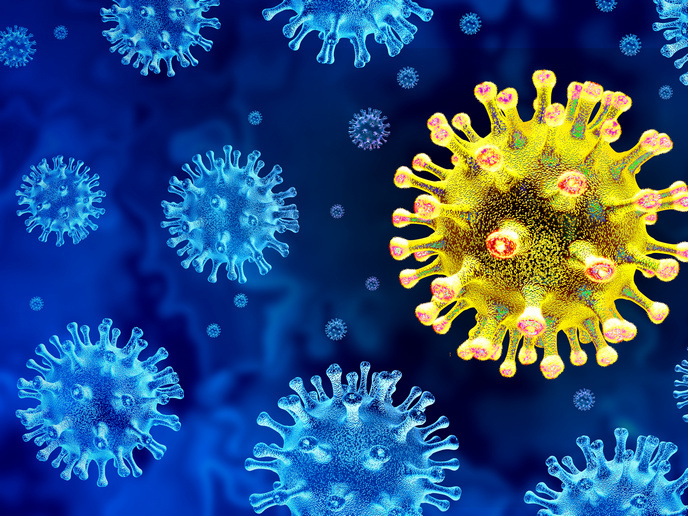How circadian rhythms affect plant development
In plants, several genes and proteins have been identified as playing a role in the regulation of the circadian clock. However, the complex workings of this mechanism are still not fully understood. Various data indicate that the GIGANTEA (GI) protein has an important function in the regulation of plant development, even controlling outputs such as photoperiodic flowering. Expression of the GI protein follows a circadian rhythm, peaking in the evening. The 'Analysis of natural-genetic variation controlling the timing of Gigantea expression in Arabidopsis' (Diversity of rhythms) project set out to identify regulators of GI expression. More specifically, the EU-funded research team hoped to identify the molecular basis bringing about differences in the timing of GI expression between Arabidopsis ecotypes (accessions). Researchers sought to achieve this using natural-genetic variation in accessions of Arabidopsis thaliana. This novel approach held potential for producing information on the processes that lead to variation in nature. Project partners focused on mapping quantitative trait loci (QTL) in the control of GI expression and on isolating the gene of at least one of these QTL, with the aim of revealing the factors at play in changing the timing of GI expression. QTL are strands of DNA that contain or are linked to the genes underlying a quantitative trait. Another objective was to characterise the function of identified GI regulators. Researchers transformed 85 Arabidopsis accessions with a GI::Luciferase transgene. Two lines crossed with Arabidopsis mutant line Columbia (Col) demonstrated major differences in the timing of GI expression. Another success was being able to detect QTL that explain variations of GI peak time between the ecotypes. Experimental data suggest that differences of GI expression in natural ecotypes are due to a varied and complex genetic basis. Natural-genetic variation in gene expression as regulated by the timing of a plant's circadian clock is important for understanding how plants adapt to growth at different latitudes both in the wild and in agricultural practices.







